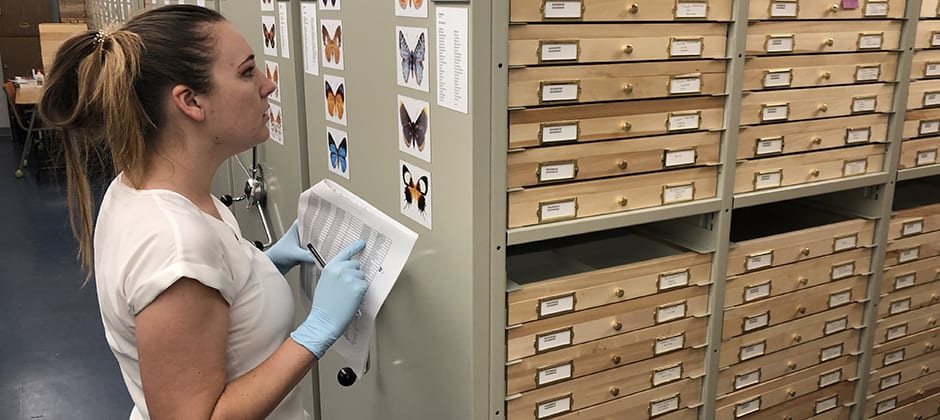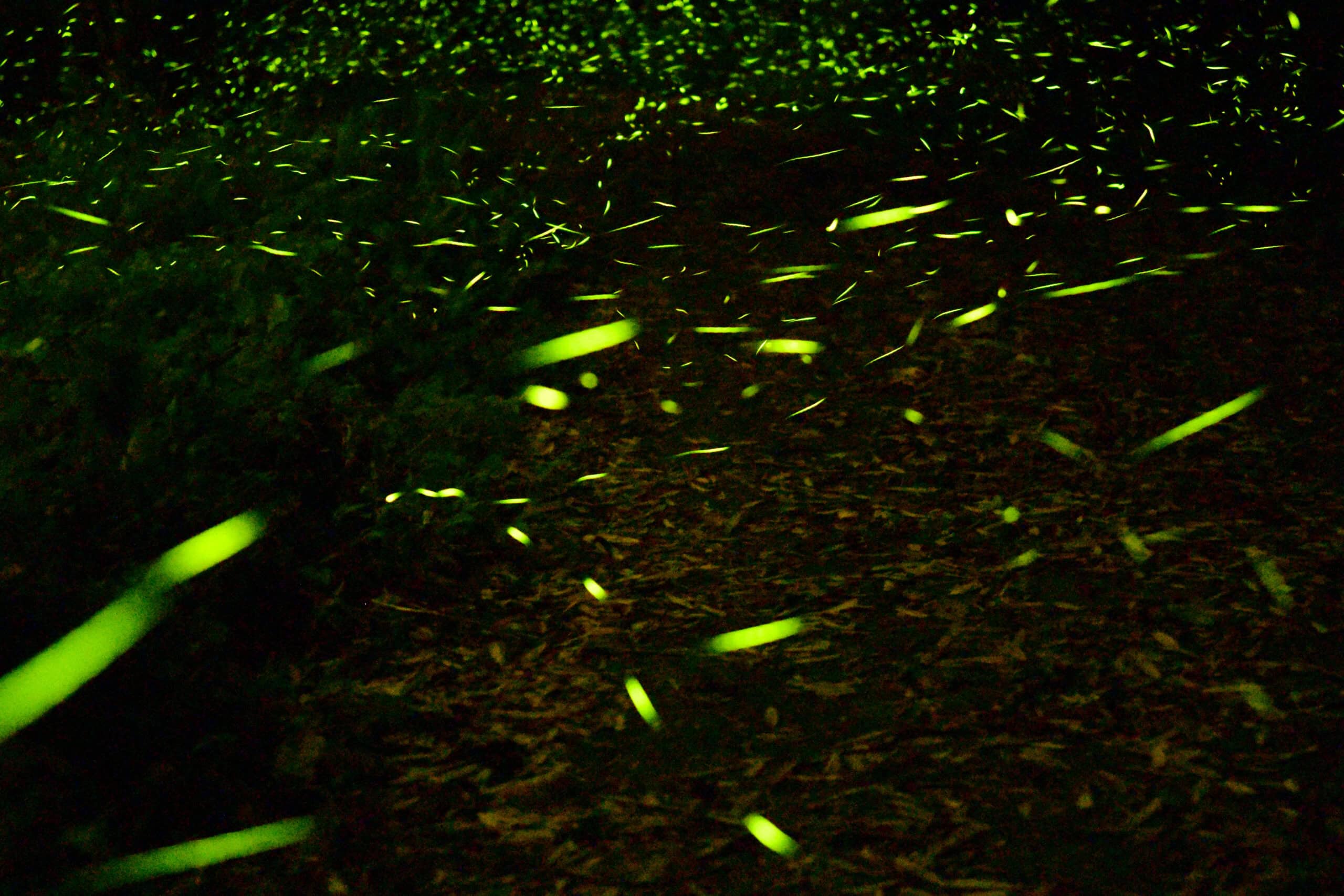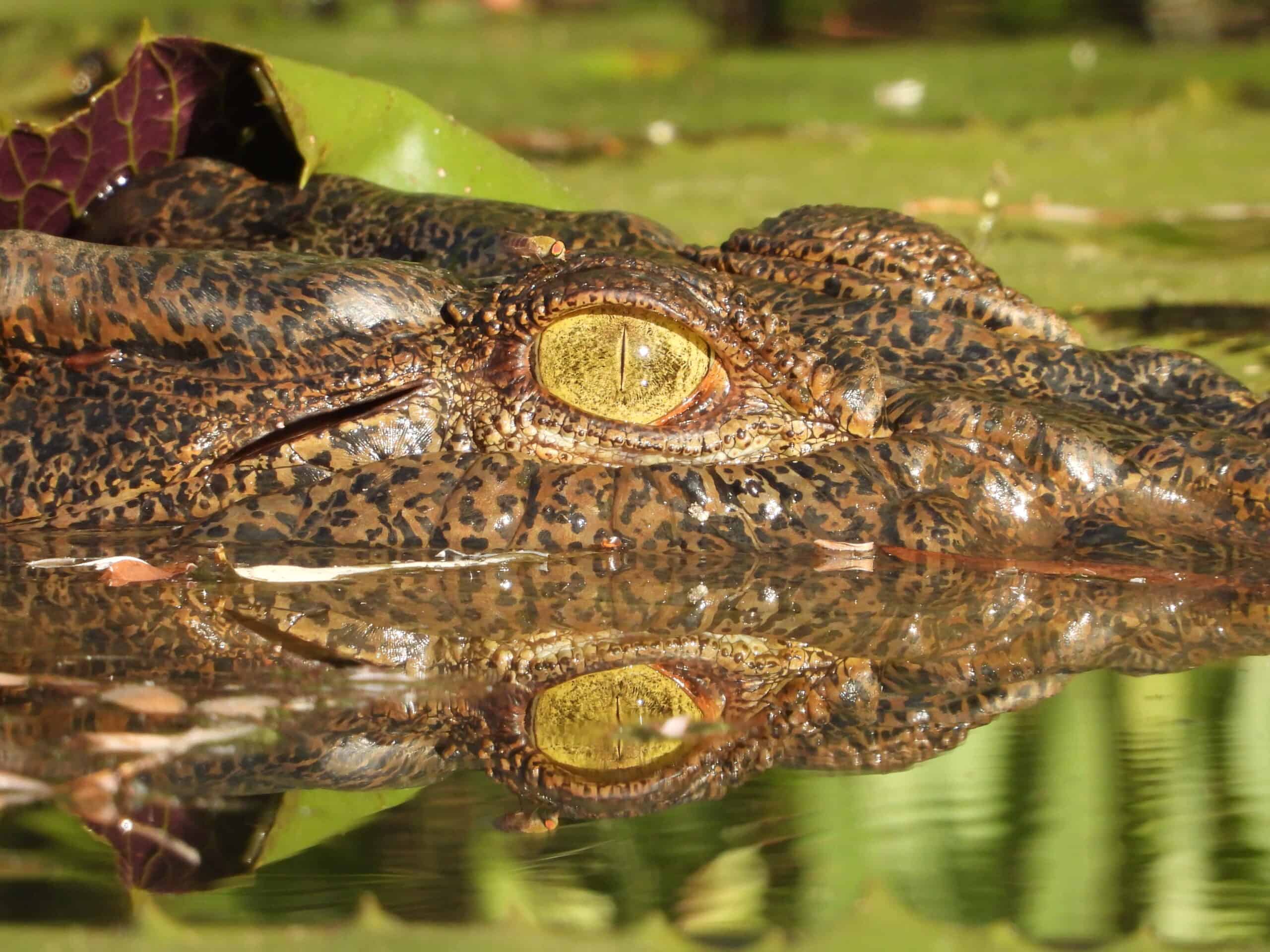Share this article
U.S. deserts are butterfly biodiversity hotspots
Although deserts have limited plant diversity, they are hotspots for butterfly biodiversity, suggesting that these dry areas should be a focus for conserving the insects.
That was the finding of a team of researchers who looked at butterfly biodiversity in North America. Usually when biologists look at species diversity, they count the number of different species in an area. But these researchers also wanted to look at the butterflies’ phylodiversity — the diversity of butterfly species from across their genetic tree.
“When we look at the whole phylogenetic tree, we count the species in that area, but we also count the length between the branches in the tree,” said Chandra Earl, a postdoctoral fellow at the Bernice Pauahi Bishop Museum in Hawaii.
A graduate student at the University of Florida at the time of the research, Earl and co-author Michael Belitz led the study published in iScience. Their team used sources that aggregate genetic information on species, such as GenBank, Barcode of Life Data System and Map of Life. They then turned to expert-assessed range maps to determine species distributions in North America and look for differences in the species’ genetics.
After reviewing the data, one specific area stood out to them — deserts in the southwestern U.S. and Mexico. “We were really interested in the Mexico region,” Earl said. “That’s where the data is lacking.”
The deserts’ importance surprised the researchers because the places didn’t overlap with areas previously deemed butterfly hotspots, based on plant availability. But when it came to relative phylogenetic diversity, it seemed the region’s temperature stability and precipitation were the primary drivers.
The team also conducted the same study of phylogenetics looking at whether plants have the same patterns across North America. They hypothesized that butterflies would be interconnected with host plants. “It turns out they might not be,” Earl said. They found that phylogenetic hotspots for plants didn’t end up being hotspots for butterflies.
The researchers have some ideas as to why this is the case. Many butterflies are generalists that don’t use just one host plant. As a result, the insects don’t really clump into groups of closely related species like plants do. In addition, butterflies can move around while plants need areas where water is present.
For the researchers, the findings suggest looking for conservation value in species — like butterflies — that often get overlooked, and in places like deserts that may play surprising roles.
“People tend to make these broad sweeping generalizations for areas you have to conserve,” she said. “Do your research and conserve places that need to be conserved.”
Header Image: Researcher Chandra Earl looks at butterfly specimens. Credit: Chandra Earl








